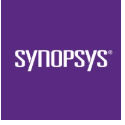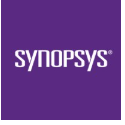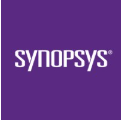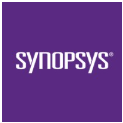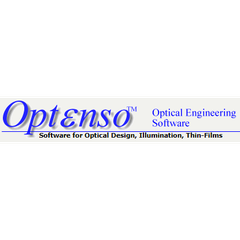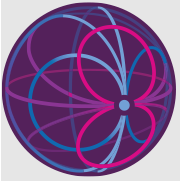
Ansys Zemax OpticStudio
Ansys Zemax OpticStudio is an advanced optical design software favored by professionals and educators for crafting and evaluating intricate optical systems, including imaging and laser applications. Its intuitive interface enhances user experience, integrating analysis and optimization tools. The software supports both sequential and non-sequential ray tracing, facilitating accurate light propagation modeling. Additionally, it includes robust features for structural and thermal analysis, enabling users to investigate how environmental conditions influence optical performance. With extensive libraries of materials and optical elements, OpticStudio ensures precision in simulations, while a free version for students provides valuable hands-on experience in optical design.
Top Ansys Zemax OpticStudio Alternatives
Ansys Lumerical Multiphysics
Ansys Lumerical Multiphysics revolutionizes photonic component design by integrating optical, thermal, electrical, and quantum effects in a single environment.
OSLO
OSLO is an advanced optical design software that combines high-speed ray tracing and optimization methods with a user-friendly interface.
Ansys Lumerical FDTD
Ansys Lumerical FDTD revolutionizes the modeling of nanophotonic devices, processes, and materials with its cutting-edge implementation of the FDTD method.
RayViz
RayViz is an integrated add-in for SolidWorks that empowers users to visualize light rays and ray paths directly within the familiar CAD environment.
OptoCompiler
The Synopsys OptoCompiler is a groundbreaking unified platform that integrates electronic and photonic design, empowering engineers to efficiently create and verify complex photonic integrated circuits (PICs).
BeamWise
BeamWise® is an advanced set of software tools designed to streamline the creation of biophotonic and complex optical systems.
OptSim
With advanced time- and frequency-domain algorithms, it enables engineers to accurately model diverse applications, from...
ELEOptics
With tools like Ember for interactive layout adjustments, Spark for seamless version control, Arc for...
LightTools
Users benefit from advanced ray tracing, extensive materials libraries, and application-specific utilities, allowing for seamless...
FRED
With over 20 years of industry use, it empowers engineers and scientists to analyze stray...
CODE V Optical Design
With features like Global Synthesis for optimization, intelligent glass selection via Glass Expert, and precise...
OpTaliX
It offers features like geometrical and diffraction analysis, non-sequential ray tracing, and polarization assessment, making...
Polaris-M
With over 500 specialized functions, it enables meticulous modeling of anisotropic materials, stress birefringence, and...
VirtualLab Fusion
By integrating diverse simulation models for varying optical components, it enables users to conduct precise...
3DOptix
With an extensive library of off-the-shelf optical and optomechanical components, users can easily craft digital...
Top Ansys Zemax OpticStudio Features
- User-friendly interface
- Sequential ray tracing
- Non-sequential ray tracing
- Advanced optimization tools
- Integrated tolerancing analysis
- Structural analysis capabilities
- Thermal analysis integration
- Extensive materials library
- Optical element library
- Customizable design templates
- Interactive 3D visualization
- Multi-domain analysis support
- Batch processing capabilities
- Collaborative project features
- Real-time performance simulation
- Educational resources for students
- Free student version access
- Parametric design options
- Automated design workflows
- Extensive documentation and tutorials




